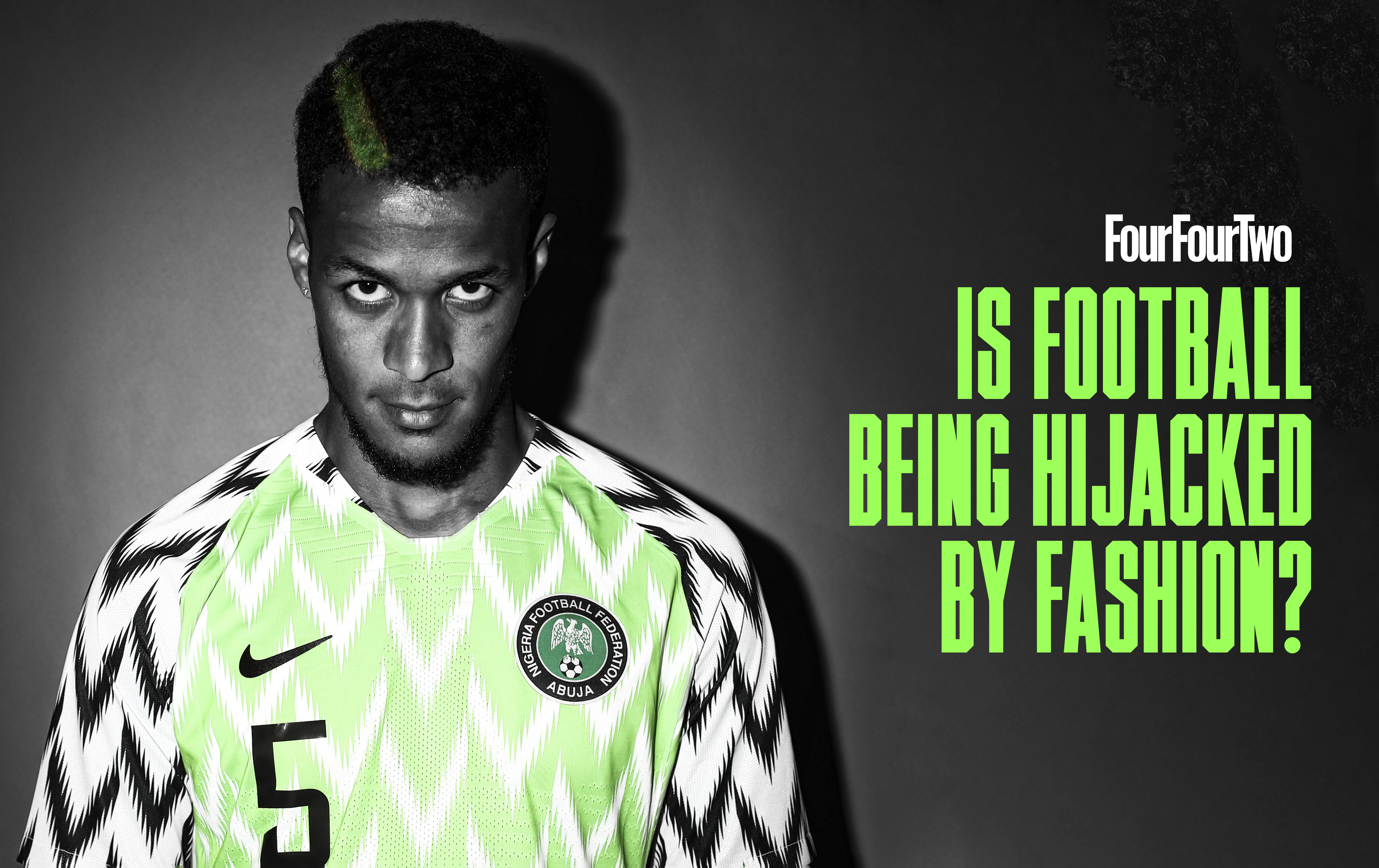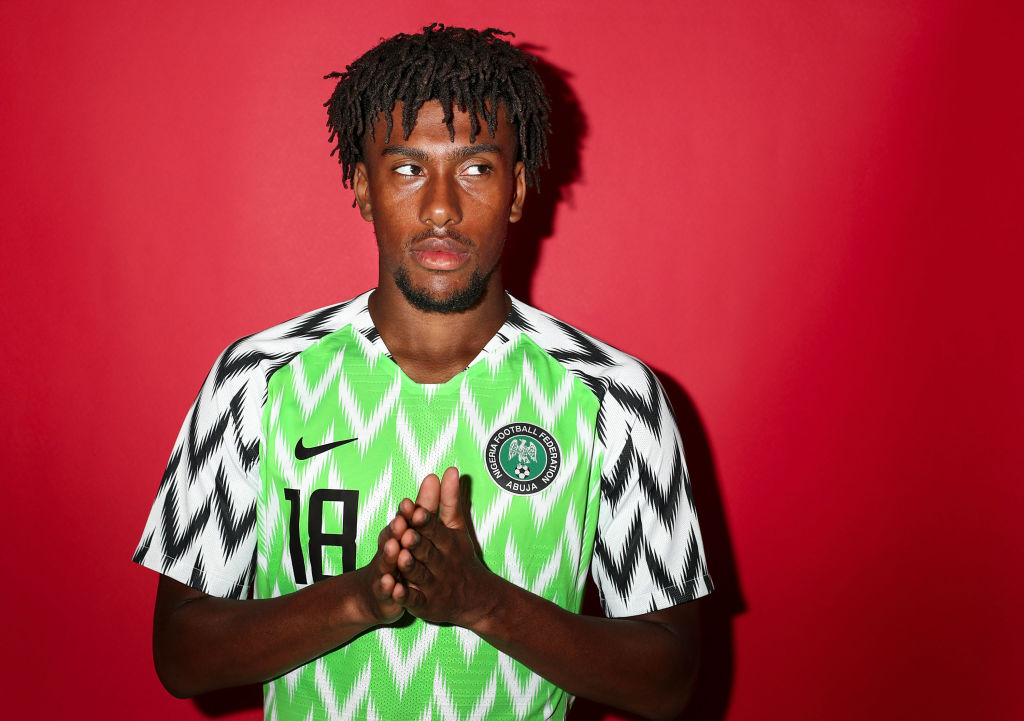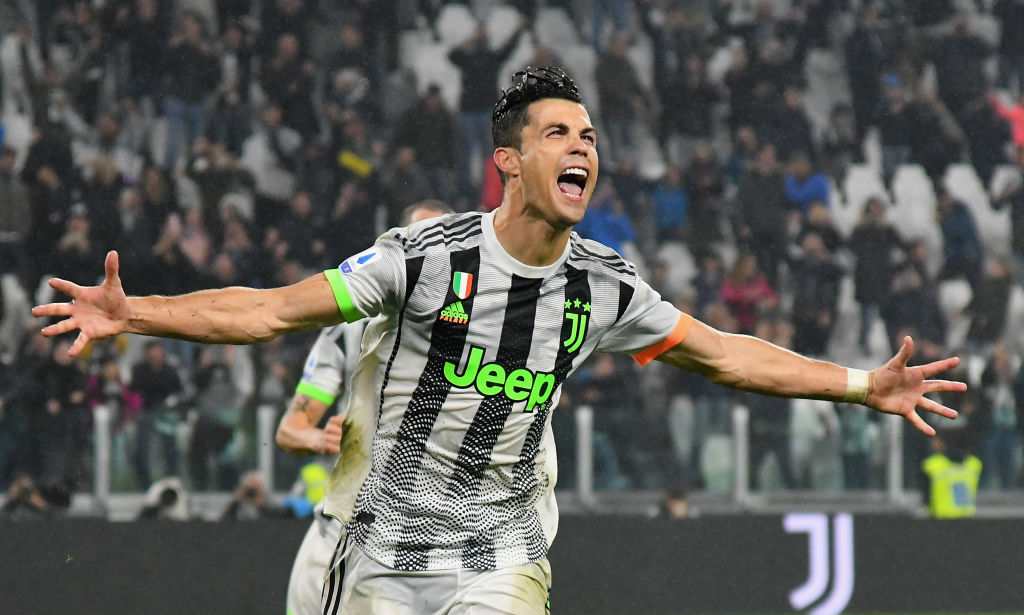
Hype, drops, collabs, countdowns. In recent years the football shirt market has adopted a parlance more familiar with high end fashion houses than football club changing rooms and terraces.
Fashion has overtaken function when it comes to football kits with the technological aspect of a shirt seemingly reaching its limit. The percentages have been gained and now designers are focusing on a new frontier: aesthetics.
If the last decade has been a Renaissance period for football shirt design, recent seasons have been the ‘High Renaissance’. A short period of pretty exceptional work.
In the 2010s the penny dropped among football shirt designers. Performance was done, conquered. Attention instead switched to the people who bought them, as opposed to those who wear them for a living.
Nostalgia is a powerful stimulant among the football community. Football is so rich in history, memories, colours and moments - all rich seams from which modern designers can mine emotional elements and load into a shirt. Brands are learning that if you pull on fans’ heart strings, you also pull on their wallets.
For the latest issue of FourFourTwo magazine I wrote about the birth of the replica shirt. It happened exactly 50 years ago via Admiral who, in the space of a decade, went from manufacturing nuns knickers to making Leeds and England shirts.
It was the moment football crowds stopped dressing like they’d just come from work and instead began to wear shirts the players wore on the pitch.

Theo Hamburger, Head of Marketing at Admiral today describes a football shirt as a canvas upon which designers tell the story of a club, its fans, its history, its stadium, its region. It’s just a shirt, you might say. But to millions it’s way more than that.
“It's exactly the same way as people describe music or food.” Theo explains. “They listen to a song and it takes them back to a moment. They smell a type of food, and they're in Italy. You see a football shirt, you're in the stadium, you're watching on a television in a pub, and it drags you into that moment - the texture of the shirt, the look, the colours.”
It’s taken a while, but brands seem to have finally ‘got’ this.
The build-up to the 2018 World Cup felt like a turning point. Nike unveiled a streetwear-inspired design for Nigeria’s World Cup shirt and the internet melted. The shirt was shortlisted for the 2019 Beazley Design of the Year alongside the likes of Gucci and Burberry. Things changed.
Pre-order records were annihilated - three million units of Nigeria’s shirt were purchased. The country limped out of the tournament at the group stage, but their shirt unlocked cult status overnight.
Hundreds queued on Oxford Street attempting to buy one. Its price trebled on re-sale sites. Football had two-footed fashion's glass ceiling. Floodgates opened and it felt like a visual tide change not seen in the game since Italia ‘90.
For a while now, value has been attached to ‘classic’ football shirts. Old shirts increasing in value over time. Entire businesses, like Classic Football Shirts, have emanated.

And while football shirts first released 30 years ago consistently fetch prices in the high hundreds, we’re seeing some of the recent ‘High Renaissance’, fashion-inspired, limited edition shirts, released in the last five years, appreciate in value at light speed.
Juventus’ shirt from the 2019-20 season (above), designed in collaboration with Palace Skateboards as a ‘fourth kit’, was a traditional striped shirt with garish green accents and a striking fade out of Juve’s famous black and white. Released on 30 October 2019 and debuted in Serie A that day, a stampede ensued for the limited edition drop.
Recently one sold on StockX, a resale site more associated with rare sneakers, for £640 - four-and-a-half-times it’s original RRP. It seems football shirts are entering trainer territory. Limited runs, scrambles for fresh releases and massive demand vs limited supply.
“I think there are lots of overlaps between football shirts and the trainer market,” says Mike Maxwell, founder of Football Shirt Collective a renowned shirt sales website.
“It’s clear football shirts have permeated culture and are part of consciousness. At any live event, music festival or match you’ll see hundreds and thousands of vintage shirts. I think the market will go in two directions. Vintage shirts will become even harder to get and with the growth of fakes on sites like eBay, there will be more demand for authentic kits that have been checked and verified. Trust is important.”
Limited edition products tend to be harder to reproduce and often come numbered, boxed and certified. It might help negate the murky world of fakes, but also fuels a demand that could become dangerous.
The American sneaker market has had a turbulent, dark relationship with consumer capitalism with examples of young people losing their lives over a pair of shoes.
Shankly famously said football is more important than life or death. Jock Stein said football without fans is nothing.
The ‘high renaissance’ era of shirt design certainly looks good, but high demand, low supply and the emotional appeal of football could be a dangerous combination for fans.
More stories
I HATE knee slide celebrations in football – and this is why
Dear England review - the West End reimagining of Gareth Southgate’s England tenure is ‘So good! So good! So good!’
Is Arsenal’s goalkeeping situation breaking Aaron Ramsdale?







